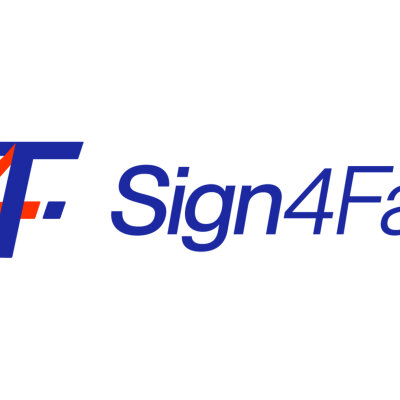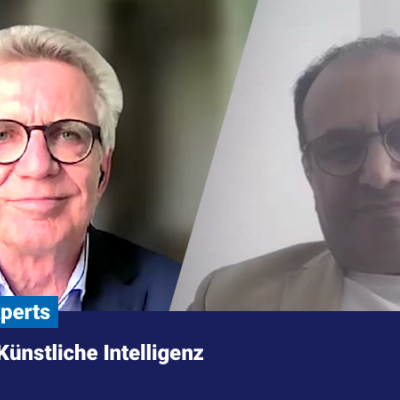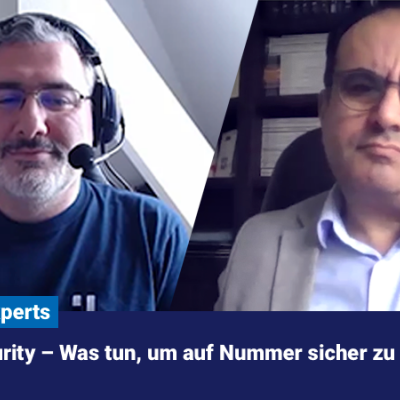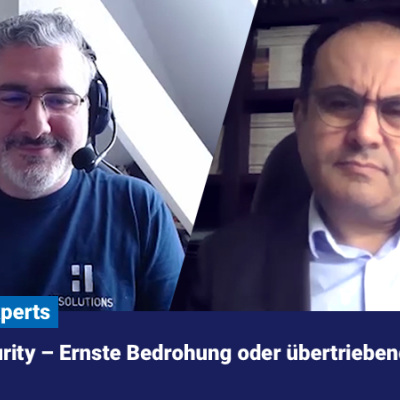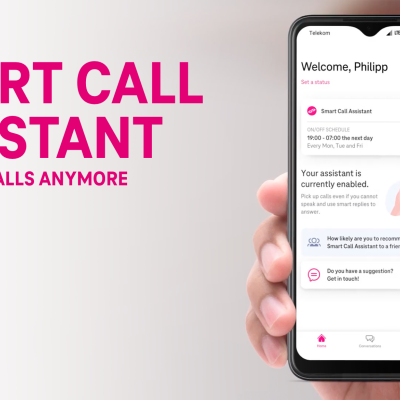Municipal digitalization: best practices for modern e-government
Digital Transformation in Municipalities: E-Government in Everyday Life
The digital appearance of municipalities on the web is now a matter of course for most citizens. Cultural and leisure activities, ordering ID cards or applying for building permits: Just like services from private companies, digital services provide easy, quickly accessible and reliable contact with public administration. The E-Government Act, which has been in place since 2013, the GDPR, which has been in effect since 2018, and most recently the access restrictions associated with the Corona pandemic are clear signs of the trend towards digital transformation. It is evident that very different E-Government solutions are being used in cities and other municipal administrations.
Only in 2020 did IW Consult publish a study on the 100 largest German cities on their digital service friendliness. As a result, Berlin topped the ranking, but what is the current situation in other major German cities? What content is in demand? How can it be sensibly structured and what challenges are associated with it? We take a look at current trend developments and give four basic tips.
What topics are relevant for the municipal web presence?
In order to understand how public information and services can be efficiently and attractively processed, it must first be defined which type of content is to be digitally depicted. With regard to informative purposes, four main focal points can be identified:
1.) General city information and opportunities for participation in city life
This includes all relevant information around the topics:
- City history
- Infrastructure (e.g. green areas and playgrounds, digital maps)
- Statistics and current figures, such as the level of rivers
- Tourism, especially in metropolises
- Education
- (Voluntary) engagement
- Health, information on coronavirus and access restrictions
- Culture, sports and leisure activities
- Migration and integration
- Mobility
- Planning, building and living
- Security and order
- Social and work
- Environment and climate
- Information on proper waste disposal, bulky waste dates, container locations and disposal stations for pollutants
2.) Information on city politics
Here, personal contact and transparency are crucial, especially for:
- Mayor and Lord Mayor
- City councils and administrative boards
- Elections
- City budget and finances
3.) Current news
With a focus on local and relevant topics such as:
- Development of urban infrastructure and mobility
- Prevention and safety information for emergencies
- Creation of social contact points and help offers
- Cultural events
4.) Citizen service
Apart from that, the digital services often titled as „Citizen Service“ are to be considered as a fourth content focus. These usually include:
- Digital appointment arrangements
- Help with rising cost of living
- Help for people from Ukraine
- Childcare places, assistance for living, day care for children
- Information on business tax, business registration and funding opportunities (BAföG)
- Infection protection and nursing care
- Sports promotion and library card
- Residence title, ID card and passport, certificate of good conduct
- Building permits, rent index
- Desired car registration number
- Authentication of documents
- Fines
- Special use of public spaces
Challenges in bundling public web content and services
Bundling such a variety of content on central web platforms poses enormous challenges. In order to make information and services available to a broad public, the reduction of barriers is essential. In the digital environment, options for presentation in simple language and sign language are important. The web presences of the cities of Cologne, Bielefeld, Dusseldorf or also Erfurt set a good example: Each of these websites has easily accessible settings where a user with common surfing behavior would intuitively search for them, namely within or above the navigation bar. Via the corresponding buttons, either direct settings for the website display or text and video contents for barrier-free use of the website can be found. However, the example cities also have a common design flaw. Due to the excessive use of reddish elements, the useful buttons lose their conspicuousness, especially since reading white text elements on red backgrounds can become very strenuous for the user. The city of Stuttgart has an advantage here with its simple color choice and the conspicuous contrasts at the same time. The color palette to be used in the design should therefore be well thought out and, parallel to important notices and warning signs in public transport, provide orientation.
This should be accompanied by functions for quickly finding targeted content. While the cities of Essen, Dortmund and Saxony integrate their search functions rather inconspicuously into the navigation bar, the cities of Cologne and Bielefeld and also Minden place their search bars in the center of their homepage. This ensures that the function is also used. The city of Essen compensates for this function with a clear quick selection of the most important topics, but Cologne combines both approaches very compactly. Contents such as appointment arrangements, telephone contacts, services and feedback options can be found directly under the search bar.
Users who, on the other hand, are looking for several topics, rely on a clear navigation with consistent logic. The corresponding implementation is one of the most difficult challenges for large cities in particular, as a large number of sub-items quickly arise, which can easily overwhelm the user with so many links. Such overwhelming link walls can be well observed in Cologne, Bielefeld, Dortmund and also in Mönchengladbach. Düsseldorf, on the other hand, takes a different approach by categorizing its own content more strongly and highlighting it visually in a tile structure. The navigation remains clear, even though it maps a comparable number of contents as the cities already mentioned.
From these examples it becomes clear that the balance between content overview and the most comprehensive depiction of all offered services is decisive in overcoming such challenges. A recording of the relevant target groups that should be addressed with the public web presence serves as a guide.
Content prioritization with target group definition
Users who search the web for public information and services about a municipality usually do not perceive the entire range of content and functions that are depicted with a web presence. Therefore, it makes sense to take a closer look at two target groups with very individual profiles:
1. Local population
- These are citizens from the region who often want to use a service of the website with specific concerns.
- They are therefore primarily interested in the digital services, but also like to inform themselves about the current city politics and infrastructure development.
- This means that the content should be digital, easy to find and easy to understand. Efficiency and clear user guidance are the focus for this group.
2. External users from other regions / tourists
- This supra-regional group usually searches for useful information, for example about culture and leisure activities.
- For this group, it is worth presenting the content as completely and attractively as possible.
Addressing target groups with contrary concerns in a contemporary way is a balancing act that can only be achieved sustainably with a clear content prioritization. The basic realization is that there can be no "golden standard solution" to best depict every user scenario. Depending on the size of the city or municipality and its offered services, the content structure must be determined individually, which can only contribute positively to its efficiency, provided that some basic must-haves are observed.
Four tips for a positive user experience and efficient content management
A clear layout with clearly divided segments
The use of tile clusters, as can be seen on the Essen website, may seem modern at first glance, but quickly creates chaos. The cities of Cologne and Bielefeld convince here on several levels: Unobtrusive cookie notices, a layout with a clear division of page elements and a resulting user guidance that quickly takes the user to his desired goal. Overview and order in the structure are therefore preferable to the manual feeding of mere contents.
Integrate display options
In addition to the mentioned design basics for color choice and contrasts, the technical implementation of extended display options is essential. Essen, Dortmund and Cologne offer deep and particularly useful options for this, from the setting of font sizes, over day-time-dependent modes to the hiding of disturbing animations and image elements. This creates a sustainably barrier-free user experience and invites to use the page functions.
One philosophy, one navigation
Information and services should be equally accessible in the navigation. Whether this is now in the form of (preferably short) link lists or subcategories is irrelevant. What is relevant is a comprehensible user guidance and a consistent preparation of the respective contents.
Efficient Content Management
Citizens who are to rely on the content information of municipal websites need current, consistent and reliable information, especially in situations with high dynamics, such as impending floods, threat situations or also when it comes to meeting important deadlines. To be able to quickly and clearly input contents of this kind, the use of a content management system is recommended, which meets the technical requirements of modern E-Government and is intuitively operable.
Modern E-Government with imperia CMS
The modern imperia CMS is designed to actively support the digital transformation of municipal administrations. The content management system supports cities and other municipal administrations in the structured development, storage and publication of daily updated contents. It is the technical link between common administrative processes and a sustainably positive user experience, through which citizens can clarify their concerns in a time-saving and frustration-free manner.
You want to experience imperia CMS live? Feel free to book your personal and non-binding online demo. Our experts will demonstrate to you how we have successfully implemented your requirements in similar customer projects.
